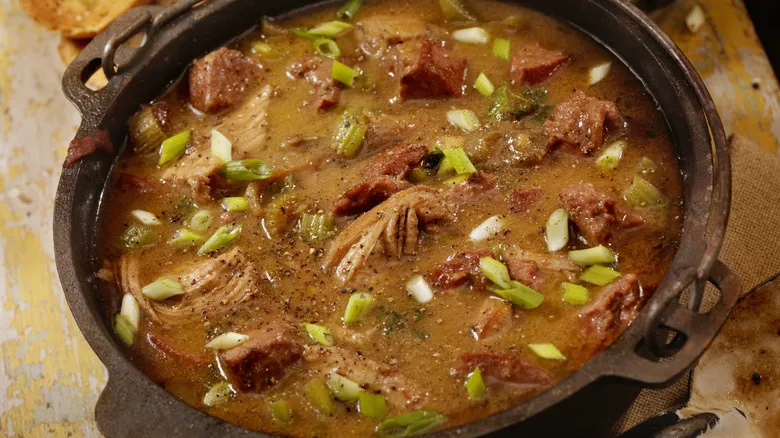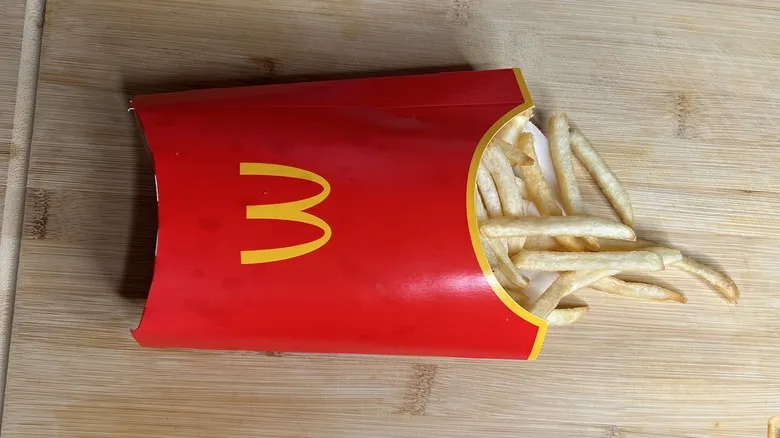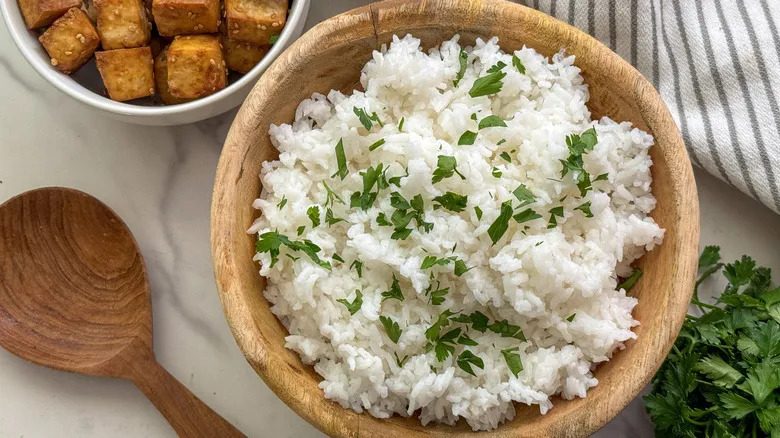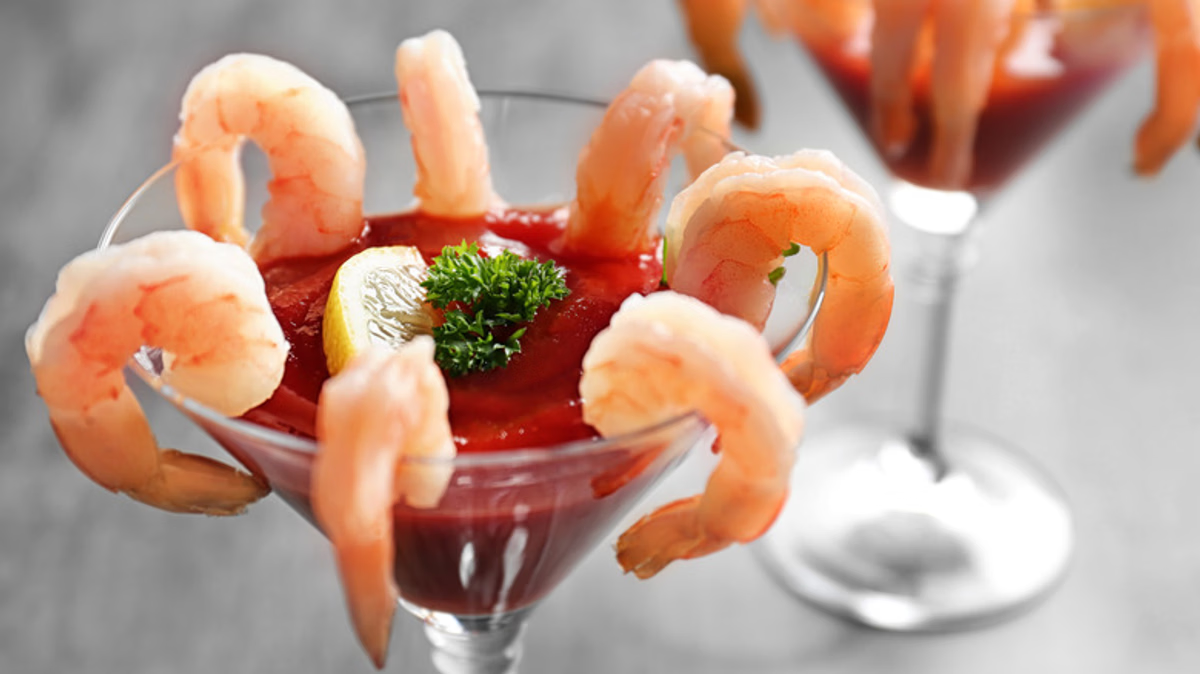Avoid ruining your roux
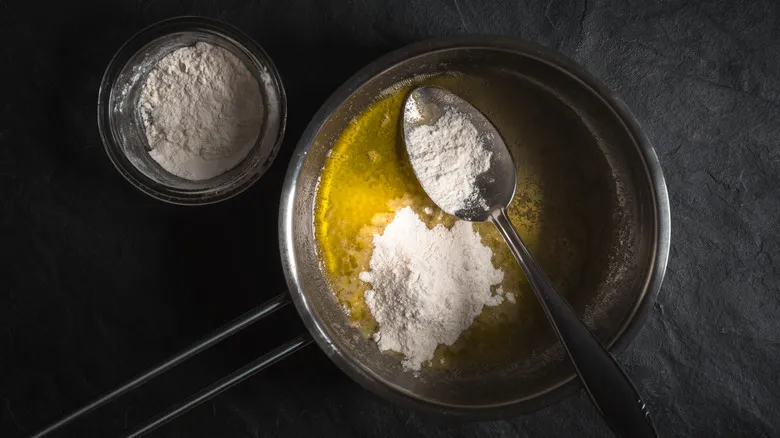
If you've ever prepared gravy or béchamel sauce, you've likely worked with a roux. While it shares some similarities with a starch-based thickening agent known as a slurry, a roux is introduced earlier in the cooking process and contributes more significantly to the dish's flavor than a neutral slurry. For instance, gumbo is often made with a dark roux that has smoky undertones, using oil as the fat, and achieves its rich chocolate color by cooking the mixture until it reaches that deep hue—without any actual chocolate involved. There are subtle distinctions between the roux used in Cajun and Creole gumbo: Cajun gumbo from rural Louisiana typically employs an extra dark roux, whereas the roux in New Orleans-style Creole gumbo is cooked for a shorter time, resulting in a softer and lighter texture.
However, you must be cautious when making a dark roux, as the aim is to darken the mixture without burning it. Stirring frequently during the cooking process is the best way to avoid ruining your roux. If you do happen to burn it, is there a way to salvage it? According to Darren Chabert, it's not worth the trouble: "If you burn your roux, just toss it! There's no saving a burnt roux!" Since flour and oil are easy to come by, it's more practical to start fresh with a new roux.
Recommended
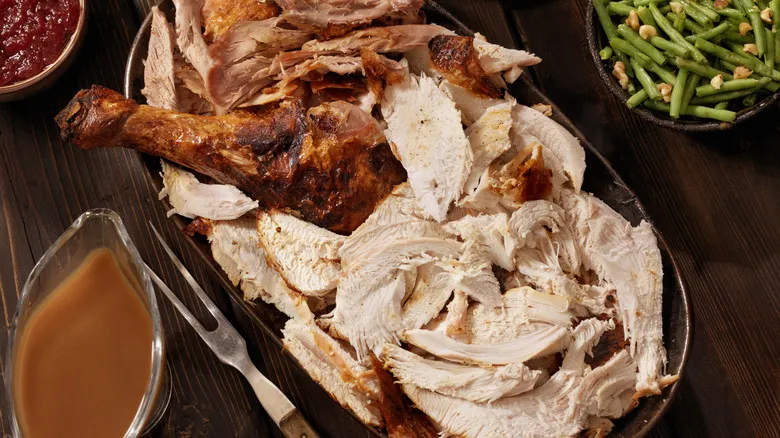
Avoid Dry Leftover Turkey By Turning It Into A Classic Dish

Ina Garten's Butter Tip For Keeping Stuffed Turkey Breast Moist Is So Simple
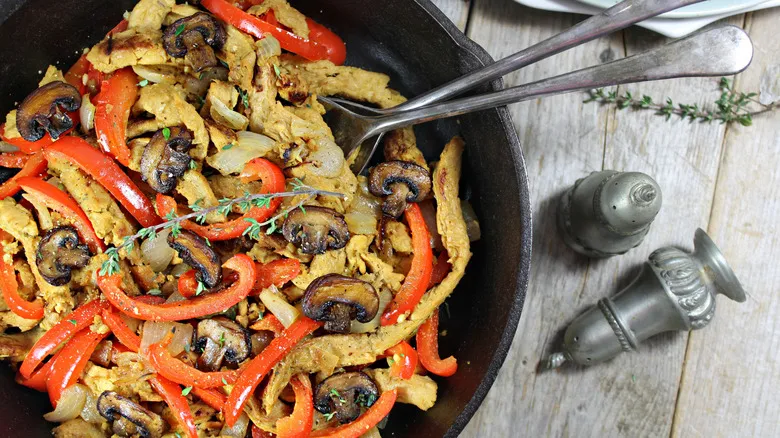
What To Use Instead Of Shredded Chicken In Vegan Recipes
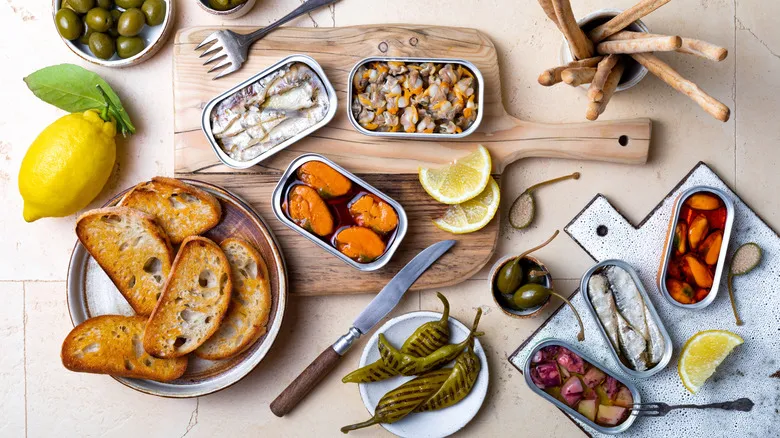
Elevate Your Charcuterie Board With Canned Delicacies
Next up

